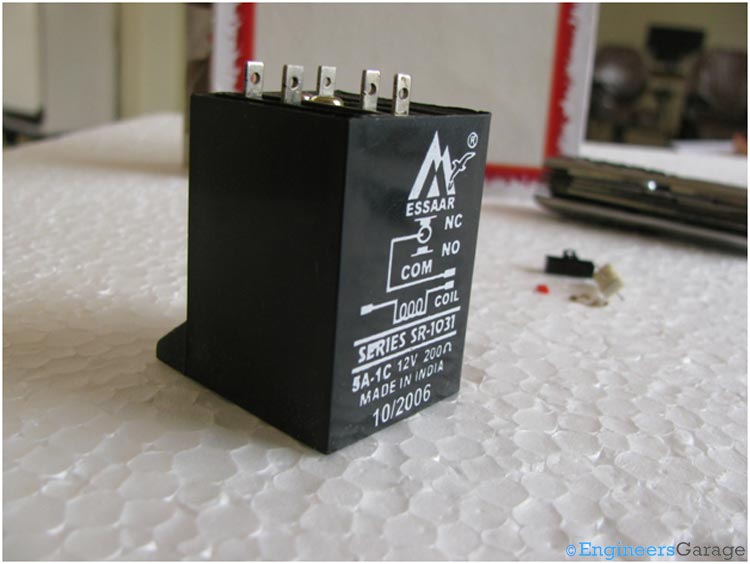In the realm of power control, two prominent devices have emerged as leading contenders: the Silicon Controlled Rectifier (SCR) and the Triode for Alternating Current (TRIAC). Both devices play vital roles in various industries, but which one is truly superior? In this article, we will delve into the intricacies of SCR and TRIAC, comparing their features, applications, and performance to determine which device reigns supreme.
- Understanding SCR:
Silicon Controlled Rectifiers, also known as thyristors, are solid-state devices widely used for power control applications. SCR is a unidirectional device, meaning it conducts current only in one direction. Its primary function is to control the flow of electrical power by switching it on and off. SCR offers exceptional reliability, high current handling capability, and efficient power control, making it a popular choice in industries such as motor control, heating systems, and industrial automation. - Exploring TRIAC:
TRIAC, on the other hand, is a bidirectional device that conducts current in both directions. It is essentially two SCRs connected in reverse parallel, enabling it to control power during both positive and negative half-cycles of an alternating current (AC) waveform. TRIACs are commonly used in applications where phase control of AC power is required, such as dimmers, speed control of AC motors, and light intensity control. - Performance Comparison:
a. Power Handling: When it comes to power handling capability, SCR outshines TRIAC. SCRs can handle higher current and voltage ratings, making them suitable for heavy-duty applications that demand robust power control. TRIACs, although capable, have lower current and voltage ratings compared to SCRs, limiting their use in high-power applications.
b. Voltage Control: SCR provides precise control over the voltage applied to the load, ensuring accurate power regulation. TRIAC, due to its bidirectional nature, may exhibit slight voltage fluctuations during the transition between positive and negative half-cycles. This characteristic makes SCR more suitable for applications requiring precise voltage control.
c. Switching Speed: SCR has a slower turn-off time compared to TRIAC, resulting in a delay between switching off the power and complete interruption of the current flow. TRIAC, being bidirectional, offers faster switching speeds, making it ideal for applications that require rapid power control and frequent switching.
- Application-specific Considerations:
a. Motor Control: SCR finds extensive use in motor control applications, especially for high-power motors. Its robust power handling capability and precise voltage control make it an excellent choice for controlling motor speed and torque. TRIAC, on the other hand, is more commonly used for low-power motor control applications.
b. Lighting Control: TRIAC dominates the field of lighting control due to its bidirectional nature and ability to handle lower power levels. It enables smooth dimming and flicker-free operation, making it the preferred choice for dimmers and light intensity control systems.
Conclusion:
In the battle of SCR vs. TRIAC, the superiority ultimately depends on the specific requirements of the application. SCR excels in high-power applications, offering robust power handling and precise voltage control. TRIAC, with its bidirectional capability and faster switching speeds, shines in low-power applications, particularly in lighting control. Understanding the strengths and limitations of each device empowers engineers and designers to make informed decisions, ensuring optimal power control solutions for diverse industries.

